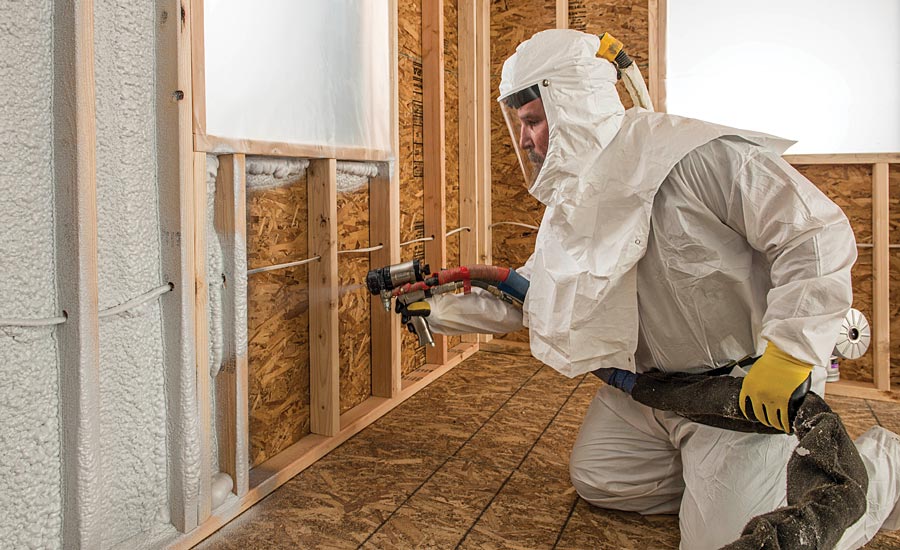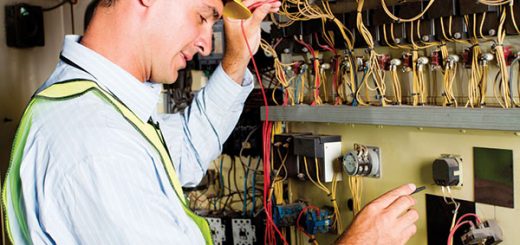Smartest Spray Foam Insulation Options for You
The thermal insulation of living spaces reduces heating costs. Of all the options, you can select facade insulation with foam. In the article we will describe the technology of thermal insulation of the facade with expanded plastic with our hands, in addition to demonstrating the video instructions. In Spray Foam Insulation UK this is the best deal.
Ideally, insulation is best done in a home under construction. If the house was built for a long period, preparatory activities must be carried out.
Preparatory work
Before isolating the façade with expanded plastic material, it is necessary to remove from the surface:
· hinged and decorative elements
· depression
· ventilation pins
· outdoor lighting
· decorative carving
· stucco
Be careful. After the preparation, the wall should be smooth, without protrusions, everything else will interfere with the work.
If you need to heat the plastered wall, you should first examine it carefully, looking for the weak spots and flaking plaster. These pieces should be removed.
Furthermore, the degree of inclination of the walls and the presence of irregularities are controlled with the help of lead and other similar devices. The protrusions and defects are better noted in advance, so that with further work one does not forget to process all the projections, otherwise one may lose sight of something.
Be careful! If roughness of more than 1.5 cm is present on the heat-insulated surface, it is necessary to coat them with a primer and a plaster, specially designed for this purpose.

Correct the initial profile
After carrying out the preparatory work reinforce the starting bar and basic profiles. First you need to install the bottom edge, which will heat up. To do this, determine the starting point, and only then, using a hydraulic level, mark the entire wall along this point.
You can use the coated cable. It is stretched between two points, slightly delayed and released – the starting line is obtained. Install a base profile, designed to support the lower insulation sheets, which can be moved until the glue has dried.
The initial level should have the same width as the insulation. Attach it to the number 6 dowel, making the distance between them not more than 350 mm. Nails are better used with washers. When connecting the starting bar in the corners, special elements are used or simply cut at an angle of 45 degrees and fit together. Moreover, when installing the profiles between them, it is necessary to insert special fittings that reduce the load with temperature variations.
How to make the glue
All the adhesives are prepared directly at the workplace, as it is not advisable to store them in finished form for more than 2 hours. The volume of the prepared adhesive should be exactly what is needed during this time period, otherwise the residue will no longer be used later.
Dilute the adhesive mass as follows:
· To do this, pour the water in the required proportions in a large bucket.
· Pour the glue powder and mix with a drill at low speed, using a special nozzle. Ideally, the resulting glue should not be coagulated.
· After that, the composition is left for 5-7 minutes to “mature”.
· Then mix again for 1-2 minutes, after which you can use the glue.
Sometimes the adhesive thickens until the end of the work. Do not dilute with water. It is necessary to mix it carefully to obtain the desired consistency.


















